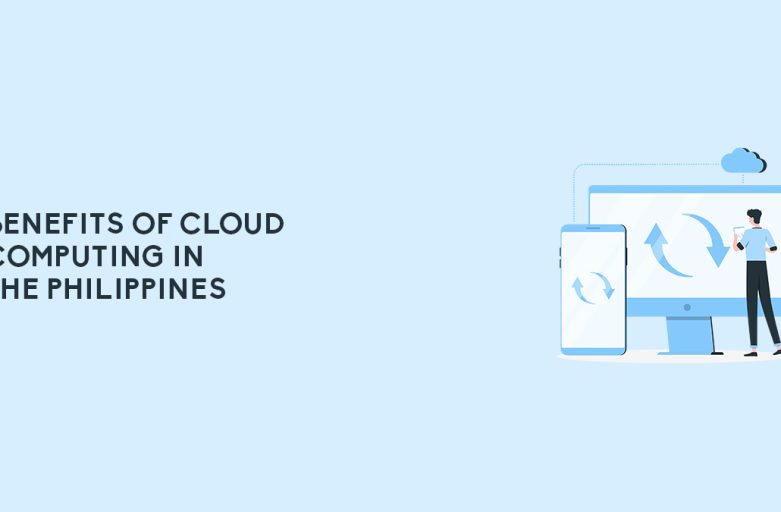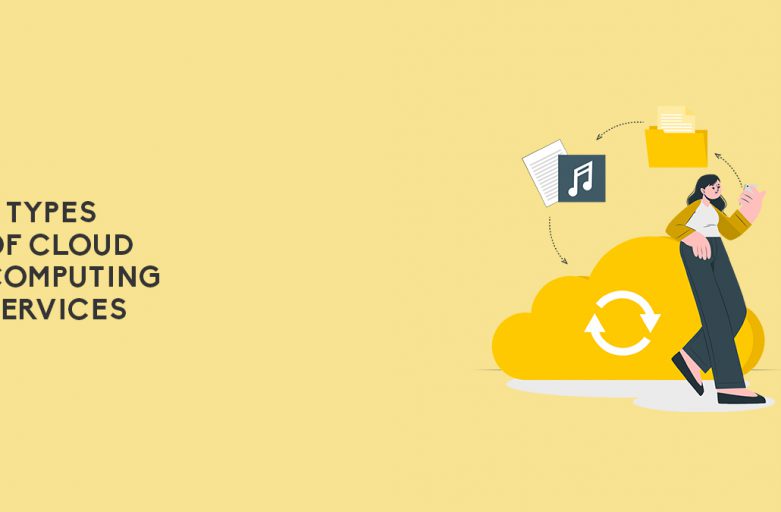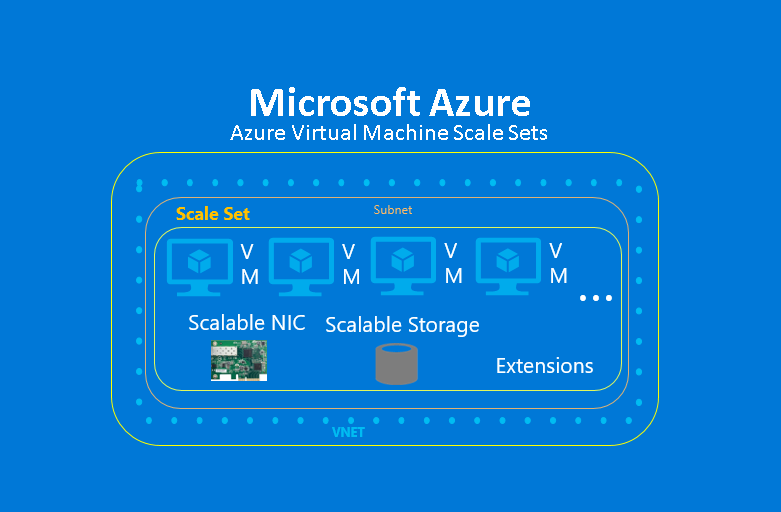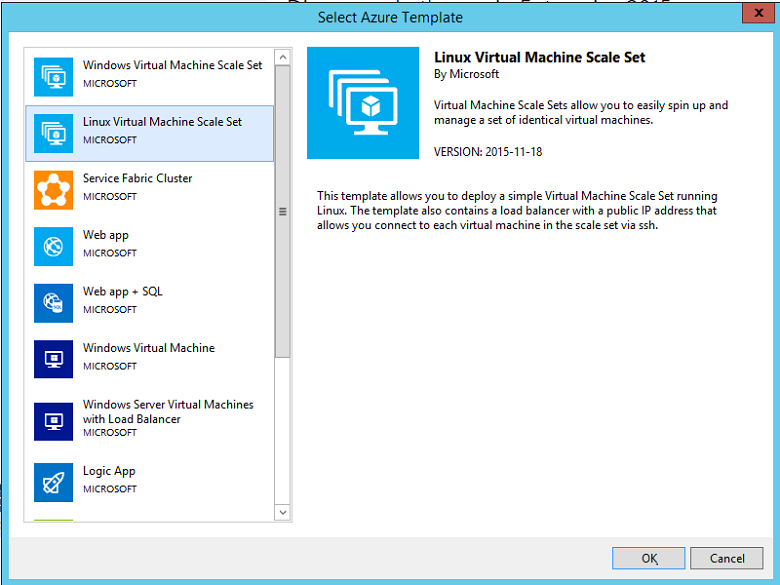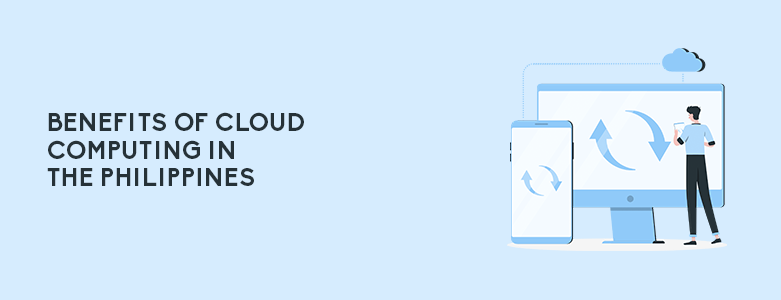
In recent years, the term “cloud computing” has become synonymous with technological advancement and efficiency, revolutionizing the way businesses operate globally. The Philippines, a rapidly developing nation, is no stranger to this transformative wave. In this article, we delve into the myriad benefits that cloud computing brings to the archipelago, shaping a future where businesses thrive and individuals embrace a digital lifestyle. This is even more so when you consider the many benefits of cloud computing can offer to an archipelago nation.
So, what are the benefits of cloud computing?
Cost-Efficiency
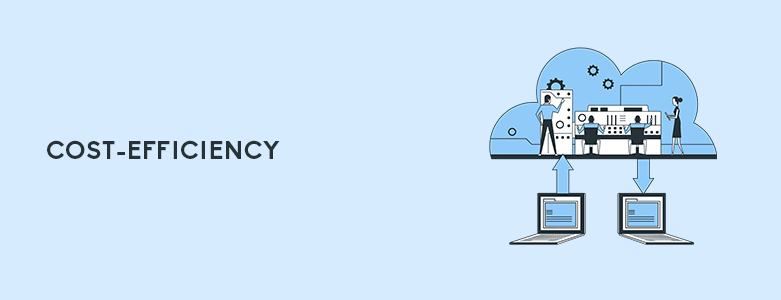
Traditional IT setups often demand substantial investments in physical infrastructure. Cloud computing eliminates this burden by providing virtualized resources, significantly reducing capital expenditure for businesses.
The pay-as-you-go model allows businesses to pay only for the resources they consume. This flexibility ensures optimal cost efficiency, particularly for small and medium enterprises looking to maximize their budget.
Scalability

One of the significant advantages of cloud computing is its scalability. Businesses can effortlessly scale up or down based on demand, ensuring that resources are aligned with operational needs.
For businesses experiencing rapid growth, cloud solutions offer seamless expansion opportunities. This adaptability is crucial in a dynamic market, where being able to scale quickly can be a competitive advantage.
Accessibility

Cloud computing facilitates access to data and applications from anywhere with an internet connection. This level of accessibility enhances productivity, enabling employees to work remotely without compromising on performance.
Especially pertinent in the current global landscape, cloud computing empowers organizations to establish and maintain effective remote work environments. This not only improves work-life balance but also fosters a more diverse and inclusive workforce.
Security

Security concerns are paramount in the digital age. Cloud computing addresses these concerns with advanced encryption measures, safeguarding sensitive data from unauthorized access or breaches.
The cloud offers robust backup and recovery options, ensuring business continuity in the face of unforeseen events. Data loss becomes a relic of the past, as automated backups and recovery mechanisms provide a safety net for critical information.
Collaboration

Cloud-based collaboration tools are transforming the way teams work together. Real-time document editing, shared calendars, and virtual meeting platforms foster a collaborative environment, even for teams spread across different locations.
Communication is the lifeblood of any organization. Cloud-based communication tools streamline internal and external communication, breaking down silos and fostering transparency.
Challenges and Solutions

Cloud-based collaboration tools are transforming the way teams work together. Real-time document editing, shared calendars, and virtual meeting platforms foster a collaborative environment, even for teams spread across different locations.
Implementing Best Practices
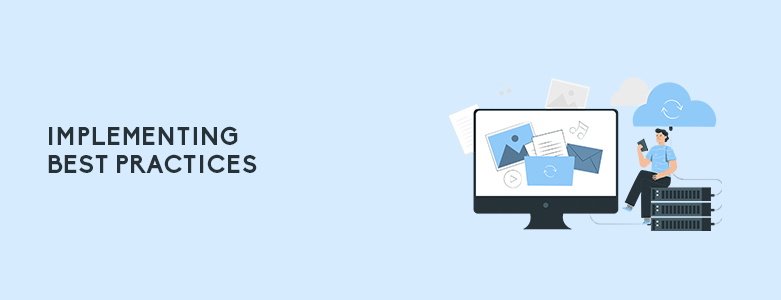
Businesses must adopt best practices when migrating to the cloud. This involves thorough planning, employee training, and continuous monitoring to ensure a smooth transition and optimal utilization of cloud resources.
Road to Success: How businesses use Benefits of Cloud Computing in the Philippines
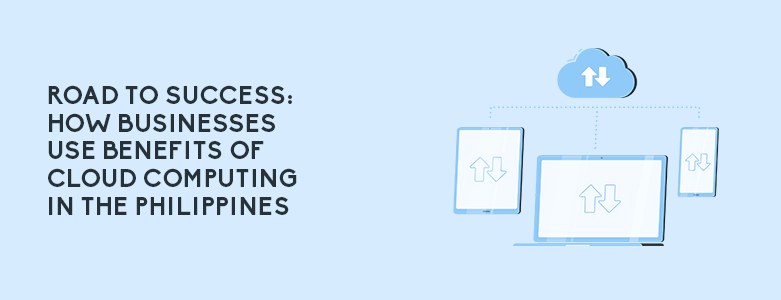
Numerous Philippine businesses have witnessed remarkable success after adopting cloud solutions. From improved operational efficiency to enhanced customer experiences, the positive impact is evident across various industries.
Cloud computing is not limited to specific sectors. It has catalyzed transformation across industries, from finance and healthcare to manufacturing and education. Many articles of different businesses implementing cloud solutions are a testament to the versatility and applicability of cloud technologies.
Leveraging Case Studies to know which Benefits of Cloud Computing Fits Best
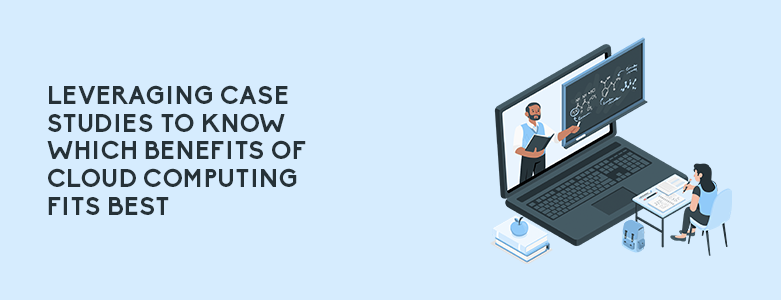
Case studies provide valuable insights into successful cloud migration strategies. By examining real-world examples, businesses can learn from both the triumphs and challenges faced by others in the process of adopting cloud solutions.
It’s essential to acknowledge that challenges may arise during cloud migration. Through comprehensive case studies, businesses can gain a deeper understanding of potential obstacles and develop strategies to overcome them.
To learn more about the Benefits of Cloud Computing and how it benefits different industries such as education, you may contact us at marketing@ctlink.com.ph to schedule a meeting today!

